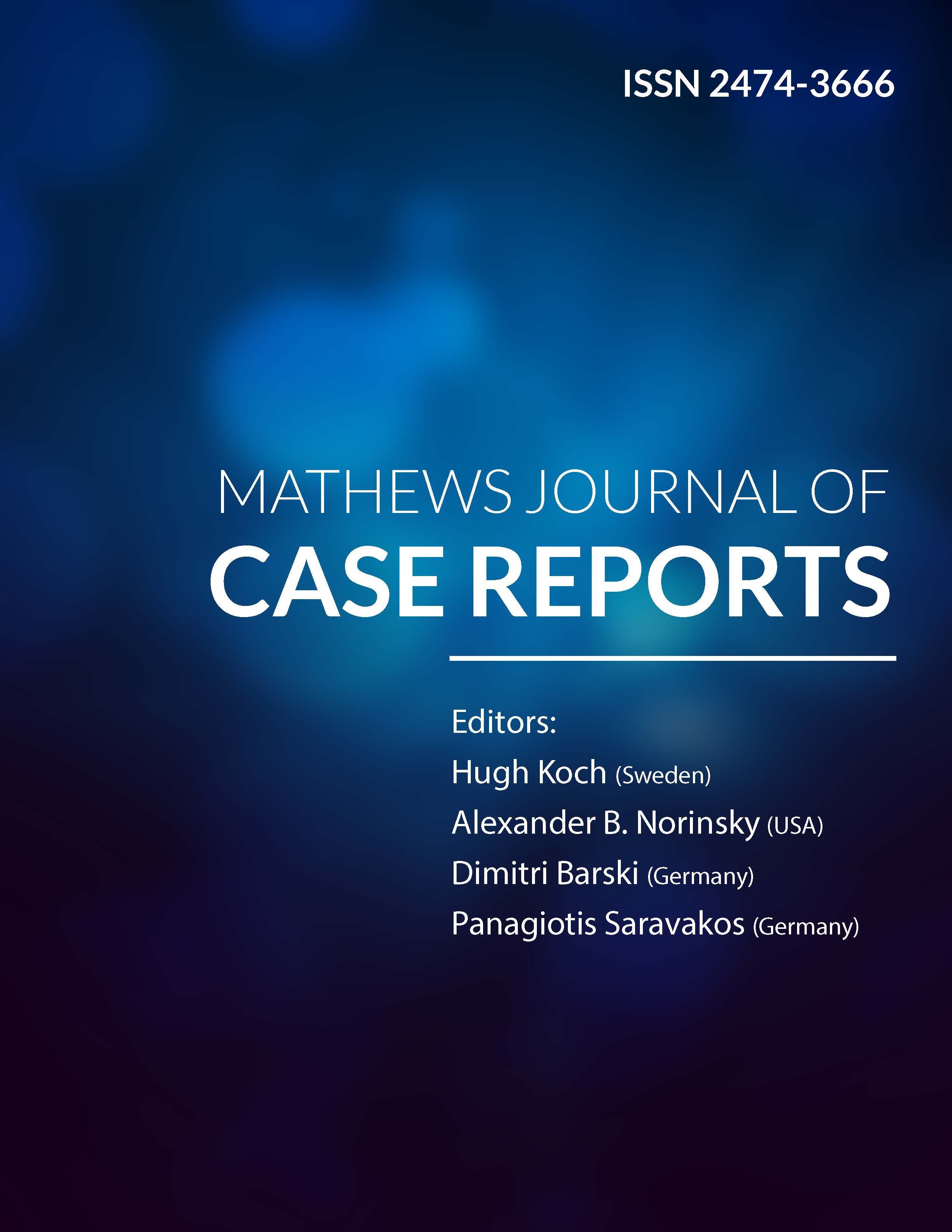
Information Links
Previous Issues Volume 8, Issue 2 - 2023
Concurrent Cardio-Cerebral Infarction: Meta-Analysis
Mohammed Habib1,*, Sommaya Alhout2
1Head of Cardiology Department, Alshifa Hospital, Gaza, Palestine, Israel
2Cardiology Department, Alshifa Hospital, Gaza, Palestine, Israel
*Corresponding author: Mohammed Habib, MD, PhD, Head of Cardiology Department, Alshifa Hospital, Gaza, Palestine, Israel, Mobile: 00972599514060; E-mail: [email protected].
Received Date: January 18, 2023
Published Date: February 03, 2023
Citation: Habib M, et al. (2023). Concurrent Cardio-Cerebral Infarction: Meta-Analysis. Mathews J Case Rep. 8(2):87.
Copyrights: Habib M, et al. © (2023).
ABSTRACT
Background: The concurrent occurrence of acute ischemic stroke and acute myocardial infarction (concurrent Cardio-cerebral infarction) is an extremely rare emergency condition that can be lethal. The causes, prognosis and optimal treatment in these cases are still unclear. Methods: We conducted a comprehensive review of five databases, PubMed, Embase, Scopus, Research Gate and Google Scholar on concurrent or simulations and synchronous cardio-cerebral infarction to locate all case reports or case series done on this topic, we analyzed clinical presentations, risk factors, type of myocardial infarction, site of stroke, modified ranking scale at discharge and at 90 days after discharge and treatment options. Results: we identified 94 cases of concurrent cardio-cerebral infarction from case reports and series with mean age 62.5±12.6 years. Female 36 patients (38.3%), male 58 patients (61.7%). Median admission NIHSS 15 (range 1-30). 29 patients (30.8%) were treated using percutaneous coronary intervention (PCI) and Mechanical thrombectomy of cerebral vessels was done in 24 patients (25.5%). Only 21 (22.3%) were treated combination by both PCI and Mechanical thrombectomy of cerebral vessels. The outcome of 94 patients, the mortality rate at hospital discharge were in 24 patients from 72 patients with mortality rate (33.3%), the mortality rate at 90 days we recorded in 29 patients from 59 patients with mortality rate (49.2%). In patients with combination intervention treatment group: hospital mortality rate was 13.3% and 90-days mortality rate was: 23.5% compared with mortality rate in medical treatment (23.5% and 59.5% respectively (P value 0.038 and 0.012 respectively). Conclusion: despite its rarity, concurrent cardio-cerebral infarction prognosis is very poor, about third of patients died before discharge and half of patients died at 90 days after stroke. Only 22 % of patients treated by combination of both percutaneous coronary intervention and mechanical thrombectomy. Thus, further studies would be important to outline new possibilities in the management of this emergency condition.
Keywords: Acute Stroke, Myocardial Infarction, Percutaneous Coronary Intervention (PCI), Mechanical Thrombectomy (MTE), Modified Ranking Scale (mRS).